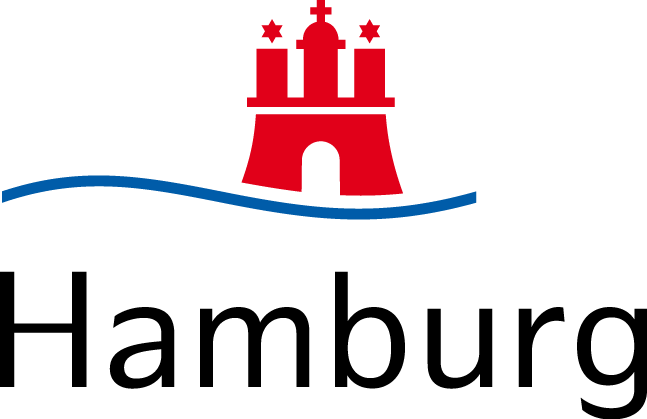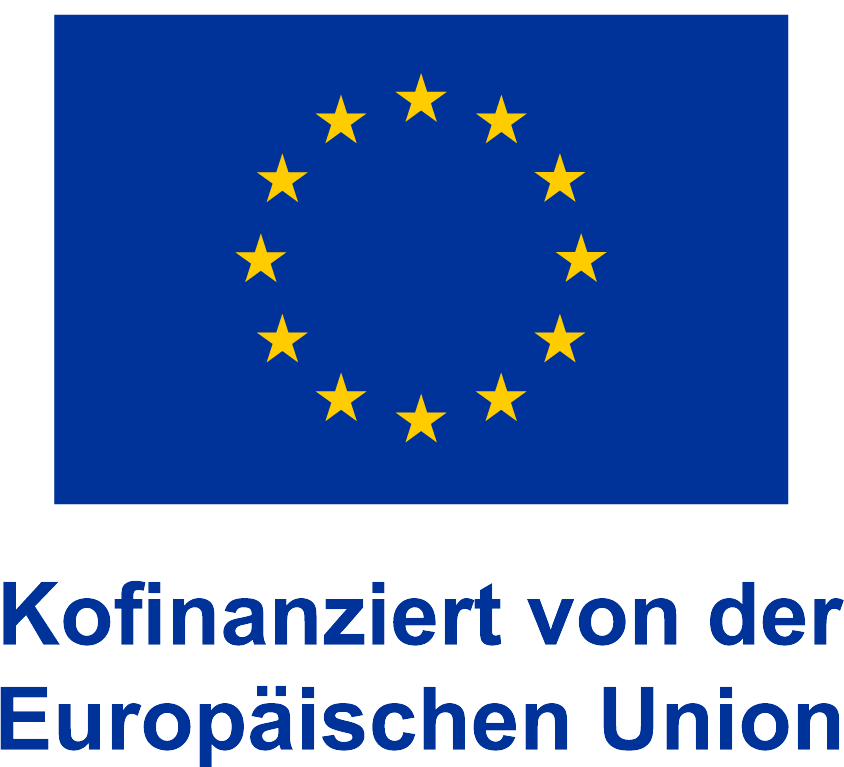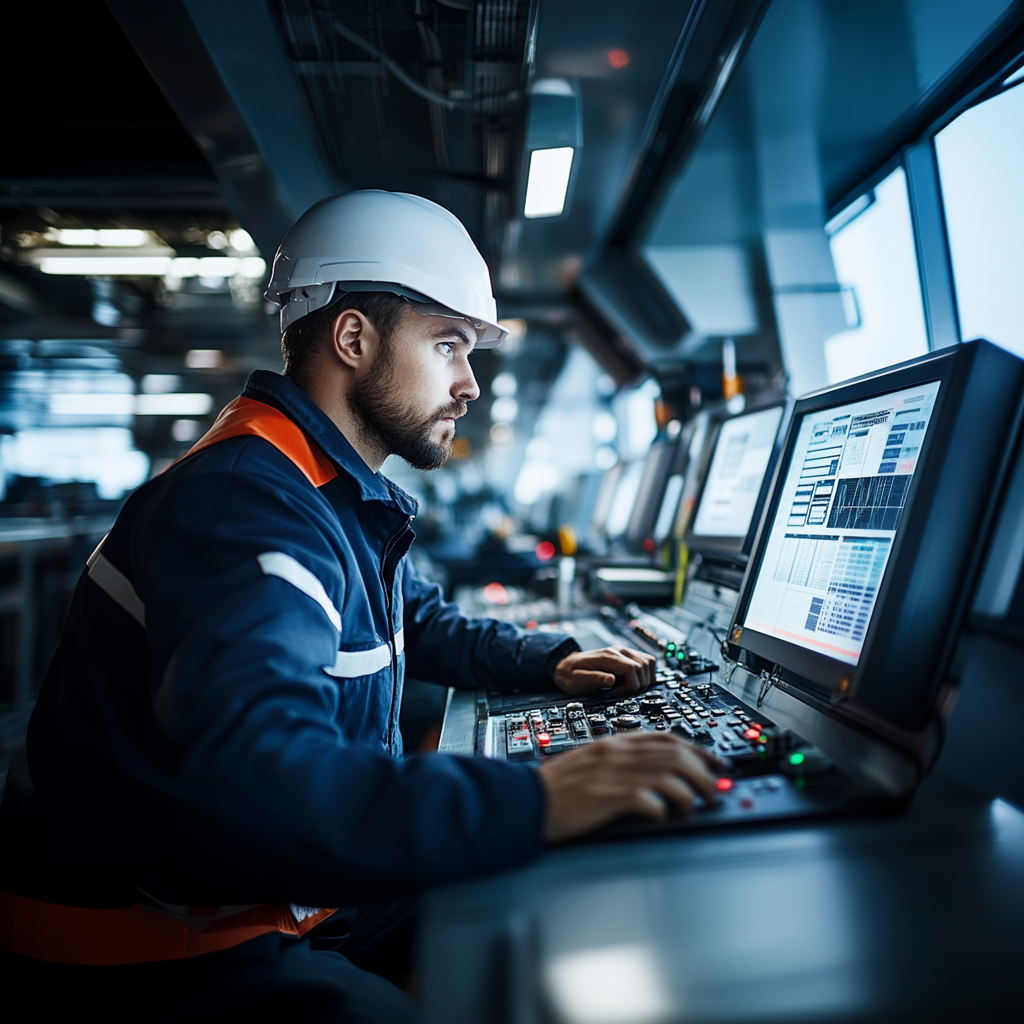How We Design an App for Crew Well-being Using User-Centric Methods
The development of the SeaWell app within the AI Healthy Ship project is a complex challenge: The app aims to help seafarers improve their well-being onboard while meeting scientific and business requirements. To ensure the app is truly practical, intuitive, and useful, we rely on Design Thinking—a method that places the user at the center and enables iterative work.
Our Methodical Approach: How Design Thinking Structures Development
The Design Thinking process in the AI Healthy Ship project is divided into five phases, developed with our project partners:
- Understand & Observe: Analyze the needs and challenges of seafarers through numerous studies by ZfAM, based on insights from the previous e-healthy-ship project.
- Define: Create personas representing typical user groups—developed by stakeholder representatives, including Reederei NORD, Reederei Döhle, and the Central Institute for Occupational and Maritime Medicine (ZfAM).
- Ideate: Formulate user stories for precise requirement descriptions—developed in workshops with project partners and Convis.
- Prototyping & Testing: Develop a Minimum Viable Product (MVP00) with key functions—technically implemented by Lionizers.
- Iterative Improvement: Conduct test phases with real users onboard—carried out during onboard investigations by ZfAM.
3 Key Personas:
Our personas were developed in a Design Thinking workshop with project partners. They help us better understand the needs and challenges of user groups and tailor the app to their needs. Here is an excerpt of their characteristics—the full personas contain many more details:
- Max – The Seafarer (shift worker, fatigue issues, requires offline use)
- Hannah – The Scientist (needs structured, anonymized data)
- Lars – The Shipping Company Owner (wants minimal administrative burden and data-based decisions)
Over 40 User Stories:
User stories describe specific functions of the app from the user's perspective. They help structure development step by step and ensure all relevant requirements are met. Here is a small excerpt from the user story backlog:
- S-US06 (Seafarer): "As a seafarer, I want to receive 3 recommendations based on my personal data and ship data."
- S-US04 (Seafarer): "As a seafarer, I want to track my heart rate and sleep quality via wearables to monitor my well-being."
- A-US05 (Scientist): "As a scientist, I want access to pseudonymized crew data for predictive analyses."
- A-US02 (Scientist): "As a scientist, I want to export health and environmental data for scientific studies."
- R-US02 (Shipping Company Owner): "As a shipping company owner, I want to enter dynamic ship data via API or manually."
- R-US07 (Shipping Company Owner): "As a shipping company owner, I want to view data collected by autonomous onboard sensors to monitor ship conditions."
7 EPICS for Structuring:
Epics are thematic groups of user stories covering larger functional areas. They help logically structure and implement the app development step by step.
- Data Collection & Management: The foundation for collecting crew, ship, and sensor data, including offline storage and automated data synchronization.
- Mini-Model for Recommendations: Scientifically based initial recommendations for the crew based on health and environmental data.
- AI-Powered Prediction Models: Develop artificial intelligence that analyzes crew health data and generates predictive measures.
- Usability Optimization: Clear, intuitive operation with simple visualizations and language-neutral design for international crew members.
- Integration of External Data Sources: Weather data, environmental factors, and scientific insights for further app optimization.
- Scientific Data Analysis: Export and process collected data for predictive health analyses and scientific studies.
- Testing & Validation: Intensive tests under real conditions on ships to continuously adapt the app to user needs.
Iterative MVP Development:
We planned the app in several phases to test and optimize in short development cycles:
- MVP00: Basic structure, initial data collection (currently in the testing phase)
- MVP01: Mini-model with initial recommendations
- MVP02: Expansion with AI-powered predictions and new functions
Why This Approach?
- User-Centricity: Seafarers work under extreme conditions—the app must be simple, quickly understandable, and usable offline.
- Flexibility: Iterative development allows us to quickly respond to feedback and add new features.
- Scientific Foundation: The app combines predictive AI models with real data from shipping and medical research.
What Does This Mean for the Project?
The Design Thinking approach ensured that the SeaWell app's development is tailored to the needs of the crew, science, and shipping companies. The current MVP00 test run provides valuable insights for the next development phase. In the coming weeks, the team will begin surveying hundreds of seafarers and initially test data collection through sensors on land before preparing the transition to MVP01. These results will be crucial to further developing the mini-model and optimizing the app. But what's next? In the next phase, we will focus intensively on detailed feature planning: Which functions will be implemented next? How do we prioritize the requirements? We use agile backlog management and Planning Poker to efficiently steer the next development steps.
Stay tuned for more updates! 🚢




